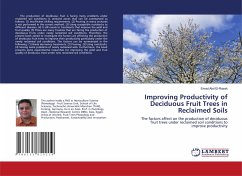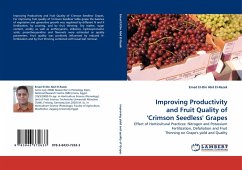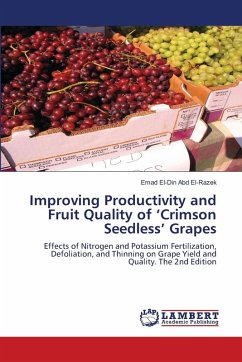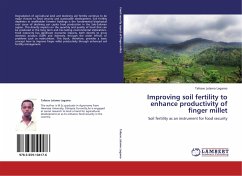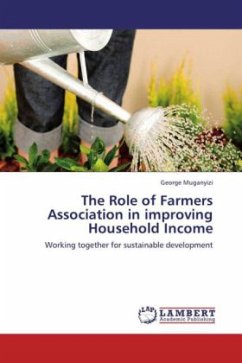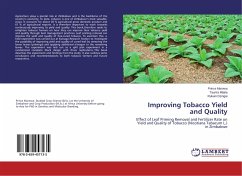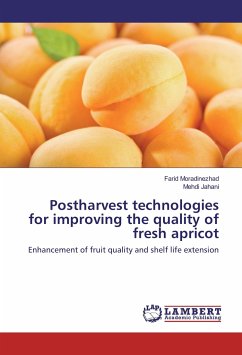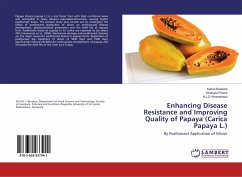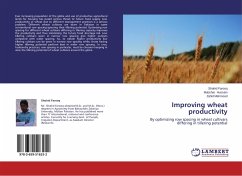
Improving wheat productivity
By optimizing row spacing in wheat cultivars differing in tillering potential
Versandkostenfrei!
Versandfertig in 6-10 Tagen
27,99 €
inkl. MwSt.

PAYBACK Punkte
14 °P sammeln!
Ever increasing population of the globe and use of productive agricultural lands for housing has posed serious threat to future food supply. Low productivity of wheat due to different management practices is a serious problem. Different wheat cultivars are sown in Pakistan in same conventional row spacing ignoring their tillering potential. Optimizing row spacing for different wheat cultivars differing in tillering capacity improves the productivity and thus minimizing the future food shortage risk. Low tillering cultivars sown in narrow row spacing give higher outputs compared with wider spac...
Ever increasing population of the globe and use of productive agricultural lands for housing has posed serious threat to future food supply. Low productivity of wheat due to different management practices is a serious problem. Different wheat cultivars are sown in Pakistan in same conventional row spacing ignoring their tillering potential. Optimizing row spacing for different wheat cultivars differing in tillering capacity improves the productivity and thus minimizing the future food shortage risk. Low tillering cultivars sown in narrow row spacing give higher outputs compared with wider spacing. So, to obtain higher productivity low tillering cultivars can be sown in narrow row spacing while; those having higher tillering potential perform best in wider row spacing. In crux, husbandry practices; row spacing in particular, must be choosen keeping in view the tillering potential of wheat cultivars around the globe.



